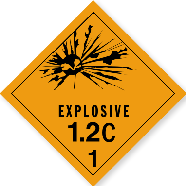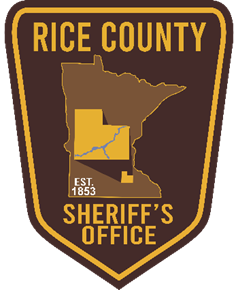 Explosive devices are highly portable using vehicles and humans as a means of transport. They are easily detonated from remote locations or by suicide bombers. Information how to make explosive devices is readily available in books and other information sources. The materials needed for an explosive device can be found in many places including variety, hardware, and auto supply stores.
Explosive devices are highly portable using vehicles and humans as a means of transport. They are easily detonated from remote locations or by suicide bombers. Information how to make explosive devices is readily available in books and other information sources. The materials needed for an explosive device can be found in many places including variety, hardware, and auto supply stores.
If you receive a telephoned bomb threat, you should do the following:
- Get as much information from the caller as possible.
- Keep the caller on the line and record everything that is said.
- Notify the police and the building management.
Parcels that should make you suspicious:
- Are unexpected or from someone unfamiliar to you.
- Have no return address, or have on that can not be verified as legitimate.
- Are marked with restrictive endorsements such as “Personal”,”Confidential”, or “Do not X-ray”.
- Have protruding wires or aluminum foil, strange odors, or stains.
- Show a city or state in the postmark that does not match the return address.
- Are of unusual weight given their size, or are lopsided or oddly shaped.
- Are marked with threatening language.
- Have inappropriate or unusual labeling.
- Have excessive postage or packaging material, such as masking tape and string.
- Have misspellings of common words.
- Are addressed to someone no longer with your organization or are otherwise outdated.
- Have incorrect titles or titles without a name.
- Are not addressed to a specific person.
- Have hand-written or poorly typed addresses.
If there is an explosion, you should:
- Get under a sturdy table or desk if things are falling around you. When they stop falling, leave quickly, watching for obviously weakened floors and stairways. As you exit from the building, be especially watchful of falling debris.
- Leave the building as quickly as possible. Do not stop to retrieve personal possessions or make phone calls.
- Do not use elevators.
Once you are out:
- Do not stand in front of windows, glass doors, or other potentially hazardous areas.
- Move away from sidewalks or streets to be used by emergency officials or others still exiting the building.
If you are trapped in debris:
- If possible, use a flashlight to signal your location to rescuers.
- Avoid unnecessary movement so you don’t kick up dust.
- Cover your nose and mouth with anything you have on hand. (Dense-weave cotton material can act as a good filter. Try to breathe through the material.)
- Tap on a pipe or wall so rescuers can hear where you are.
- If possible, use a whistle to signal rescuers.
- Shout only as a last resort. Shouting can cause a person to inhale dangerous amounts of dust.
